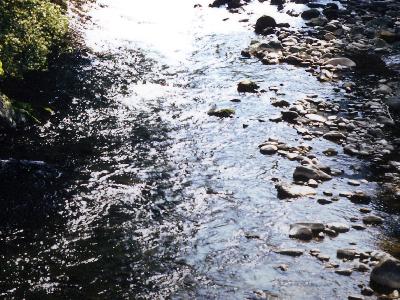|
The Sendai fishig rod, the hallmark of a Japanese traditional telescopic fishing rod, is coveted by anglers all over the country. Date Masamune, the founder of the Sendai domain, who had a broad range of interests and loved fishing, also favored this flexible and strong fishing rod.
It has been made in the same way for 400 years since the time of Masamune. Materials of the rod are carefully selected from locally grown eight species of bamboo including Matake and Koyadake in accordance with the function of each section of the rod from the end-piece to the middle-pices and the handgrip. Then the materials are made into one set of fishing rod through as many as 200 detailed manufaturing processes. At the final stage of the production, lacquer is applied many times to give the rod wonderful gloss.
The rod breaks down to 6 to 15 sections and extends to an about 3-meter rod. The whole rod keeps good balance and its performance is extremely excellent. Although composed of many sections, the rod feels like one bamboo stick. It is known for its light and flexible action. It is both functional and practical, and also an exquisite piece of craftsmanship.
It has been made in the same way for 400 years since the time of Masamune. Materials of the rod are carefully selected from locally grown eight species of bamboo including Matake and Koyadake in accordance with the function of each section of the rod from the end-piece to the middle-pices and the handgrip. Then the materials are made into one set of fishing rod through as many as 200 detailed manufaturing processes. At the final stage of the production, lacquer is applied many times to give the rod wonderful gloss.
The rod breaks down to 6 to 15 sections and extends to an about 3-meter rod. The whole rod keeps good balance and its performance is extremely excellent. Although composed of many sections, the rod feels like one bamboo stick. It is known for its light and flexible action. It is both functional and practical, and also an exquisite piece of craftsmanship.
| [+ADDRESS] | 
|

















